This content originally appeared on Level Up Coding - Medium and was authored by JC Chia
Why Tesla Humanoid Robot still cannot walk?

Some experts claim that robotics is a disruptive technology. And many of us know that someday in the future, robots will be a technology we cannot live without, just like smartphones today.
Robots will be able to do everything better than us. — Elon Musk
You might think that robotics should be a lucrative business. But in reality, this is probably not true for most cases today.
Despite all the hype and excitement about robots, we still can see many robotics startups fail in today’s news: Walmart ended its contract with Bossa Nova Robotics, Rethink Robotics shut down, and Anki ceased its operations.
Are we not ready for another technological revolution? The harsh truth suggests that we might not be ready yet.
Compared to SaaS and FinTech industries, robotics firms tend to take a longer time to be profitable.
In my opinion, the long maturity time comes down to three main reasons:
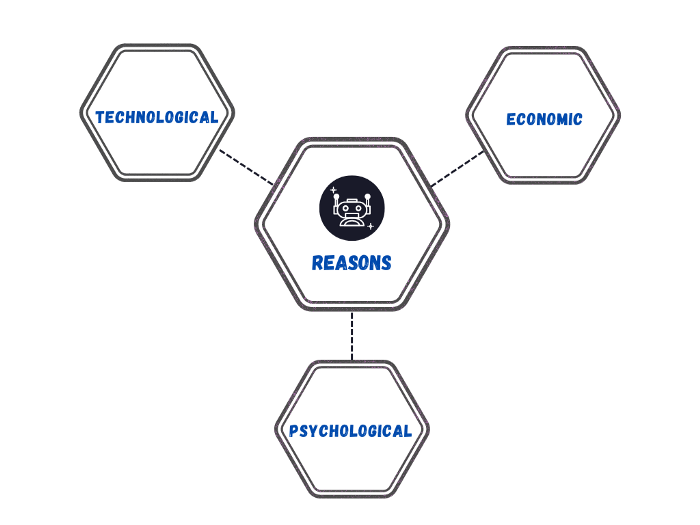
A. Technological Reasons
1. Technically difficult
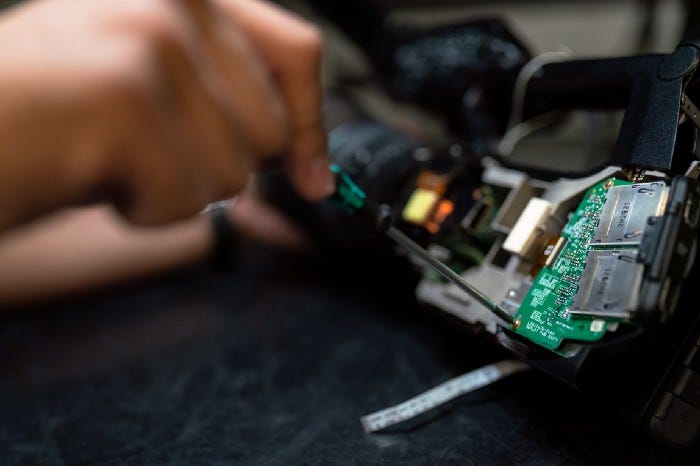
Building a robot chassis is not that simple. Connecting hardware with cables inside the chassis is also not child’s play. Developing and implementing robot software is quite challenging. While integrating all of these is even more complicated.
Imagine your team finished building a robot chassis. But later on, your software engineers discovered a need to change the camera position due to software constraints. The mechanical team needs to redesign the sensor mountings. The software engineers must pause their testing until the hardware is ready.
This iterative process is very usual in robotics development. You can picture a miscommunication between hardware and software engineers can be rather expensive.
Besides, debugging problems in robots is even harder compared to software applications. Most of the time, engineers have to do a bunch of testing to identify whether the problem came from software or hardware.
One of the trickiest parts of robotics development is hardware because most robotics firms outsource their hardware. In other words, you don’t know precisely every hardware detail. When a hardware issue arises and the datasheet doesn’t help much, you know your engineers are crying inside.
2. Room for improvement in various technologies
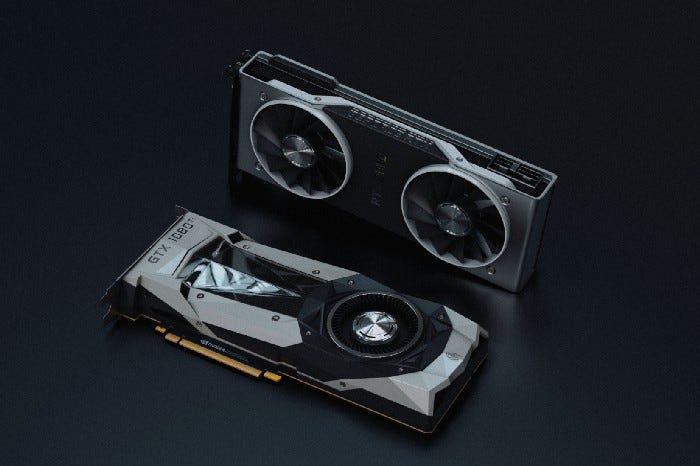
Although machine learning algorithms have been improved over the last decade, firms still have a long way to go to develop well-rounded intelligent robots.
Even Elon Musk said the existing Tesla humanoid robot — ‘Optimus’ are still ‘missing a brain’ on Tesla AI Day 2022. You can tell how much effort is needed to develop the robot’s brain.
The robot’s intelligence level is also highly dependent on the hardware. The high-performance CPU and GPU are needed for robots to do complex calculations in real time. Although this hardware has improved a lot over the years, there is still a lot of room for improvement to utilize the full potential of AI.
Not to mention sensors still require some upgrades in terms of accuracy and consistency to meet the software capabilities.
Vitaliy Goncharuk also mentioned the robotics industry lacks two components in his article — modular AI software systems and required hardware that could be integrated and operated at low prices.
B. Economic Reasons
3. Demand < Supply
From an economic point of view, the market demand for the robot is lower than the supply. The main factor is it is expensive compared to its primary competitor — human labor.
Who will adopt a costly robot if you can hire people with much lesser expenses? This is particularly true for humanoid robots and robot chefs. Human laborers can easily outperform robots by being capable of doing dozens of tasks. Thanks to the most complex “neural networks” in our brains.
While industrial and cleaning robots are everyday in most developed countries, it is not the case for underdeveloped countries where human labor is much cheaper than robots.
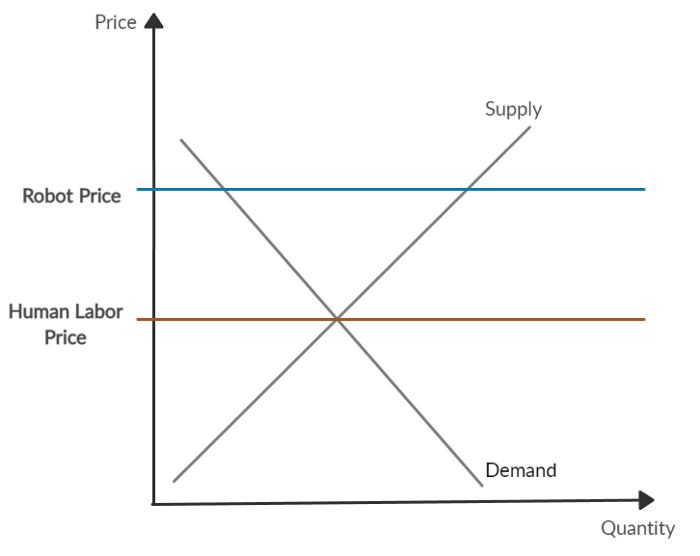
Replacing human workers with robots certainly comes with risks of uncertainty. For example, the maintenance of robots might hinder productivity, or the robots might not perform as expected over time. These risks make people opt out of adopting robots, resulting in lesser demand.
4. Costly Affairs

I cannot emphasize more how expensive it is to build a robot product. Expensive is always the main obstacle for robotics startups to succeed.
The cost of developing robots increases exponentially with its long development time, unexpected expenses, and other uncertainties, resulting in a high entry barrier for entrepreneurs and investors.
Unlike other commercial products, the startup costs of a robot business are excessively high and usually spent on expensive hardware and higher wages for engineers.
The most challenging stage is usually the prototyping stage. The company does not generate profits but needs to pump a lot of money to build the prototypes. The negative cash flow over the long term usually leads to failure.
After hearing all this, do you think the robotics industry is lucrative for your following startup ideas or new investment options? There are probably better choices out there.
C. Psychological Reason
5. Low Social Acceptance
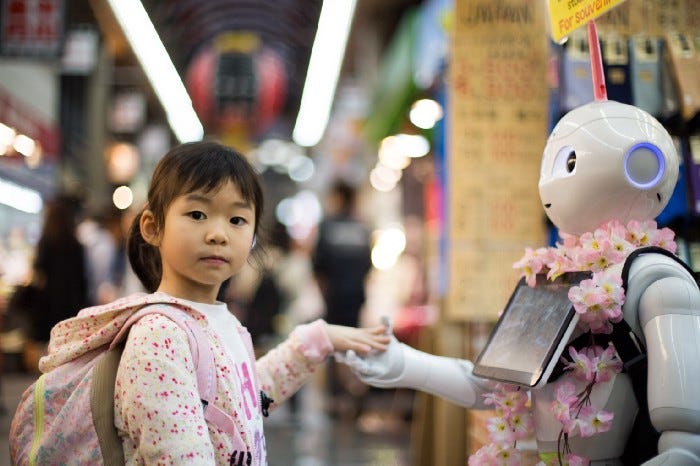
Society does not readily accept robots due to one reason — uncertainty. People tend to avoid what they do not know. In psychology, this phenomenon is known as uncertainty avoidance.
Some of them fear what robots are capable of. Even though several leading robotics companies pledged not to support the weaponization of their robots, it is still inevitable for some countries to develop military robots. And who knows? Hackers might target your reliable Roomba to spy on and attack you.
Let’s say we can address the robot weaponization and cybersecurity issue, but several problems still exist.
The Three Laws of Robotics presented by Issac Asimov sought to create an ethical rule for robotics development. However, there’s one concern the laws don’t reasonably address — the Trolley Problem, which involves ethical dilemmas of whether to sacrifice one person to save more people. (Tanay Jaipuria did a great job discussing this topic in his article, check it out to learn more.)
Another more relatable topic is the falling drone problem. People are concerned that a faulty drone falling out of the sky might hurt someone. That’s why many policies restrict drone flying in many countries today. In other words, these rules restrain growing of the autonomous drone industry.
We are on track
Despite all downturns, the robotics sector shows promise that it will benefit humanity in the future. With evolving technologies and lower hardware costs, robots are getting more accessible over the years.
How exciting and scary at the same time a world of humans and robots living together?
5 Reasons Why Robotics is Yet to Mature was originally published in Level Up Coding on Medium, where people are continuing the conversation by highlighting and responding to this story.
This content originally appeared on Level Up Coding - Medium and was authored by JC Chia
JC Chia | Sciencx (2022-10-28T11:08:38+00:00) 5 Reasons Why Robotics is Yet to Mature. Retrieved from https://www.scien.cx/2022/10/28/5-reasons-why-robotics-is-yet-to-mature/
Please log in to upload a file.
There are no updates yet.
Click the Upload button above to add an update.
